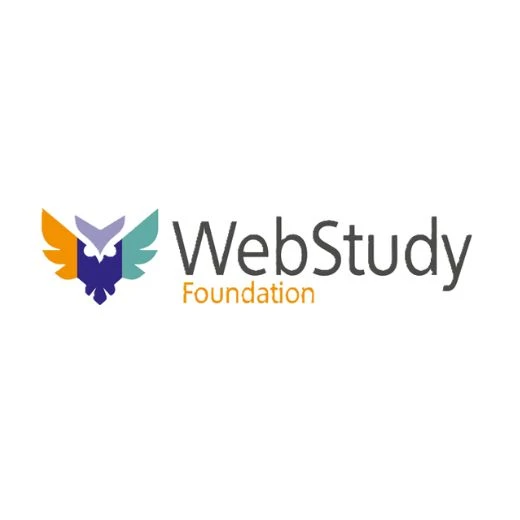Workforce development today is more complex than ever. Rapid technological change, shifting economic demands, and evolving industry needs have made it essential for organizations and institutions to coordinate effectively. At the core of effective workforce development lies stakeholder alignment-the intentional collaboration of educators, employers, policymakers, and community organizations around a shared vision.
Understanding Stakeholder Alignment
Stakeholder alignment is the process of connecting multiple parties with different interests and responsibilities toward a common objective. In workforce development, this alignment ensures that education, training, and employment systems are coordinated rather than fragmented. Without alignment, skill gaps persist, training programs may fail to meet labor market demands, and resources are often underutilized.
A shared vision complements alignment by providing a clear direction. It defines long-term goals, identifies priorities, and establishes expectations across all stakeholders. When participants understand the collective outcome they are working toward, initiatives are more focused, measurable, and impactful.
How Alignment Supports Workforce Development
- Bridging the Skills Gap: When educators, employers, and policymakers collaborate, training programs can be tailored to the real-time needs of industries. This reduces the mismatch between graduates’ skills and employer requirements.
- Improving Resource Allocation: Coordinated planning ensures that financial, human, and technological resources are deployed efficiently. It avoids duplication and maximizes impact.
- Promoting Lifelong Learning: Alignment encourages the development of continuous learning pathways. Workers can reskill and upskill throughout their careers, improving adaptability in a changing economy.
- Strengthening Economic Resilience: Communities benefit when workforce initiatives are aligned with local and regional economic priorities, leading to higher employment rates and stronger economic outcomes.
Key Elements of Effective Alignment
Effective stakeholder alignment relies on three components:
- Communication: Open, transparent dialogue to share goals, expectations, and challenges.
- Data-Driven Decision Making: Using labor market data and skill assessments to guide training and development strategies.
- Shared Accountability: Ensuring all stakeholders take responsibility for achieving outcomes and addressing gaps.
Conclusion
Workforce development cannot succeed in isolation. By fostering stakeholder alignment and building a shared vision, communities and organizations can create programs that are responsive, sustainable, and future-ready. Collaboration across sectors transforms fragmented initiatives into cohesive strategies, ensuring that individuals are equipped with the skills needed to thrive in today’s dynamic economy.



